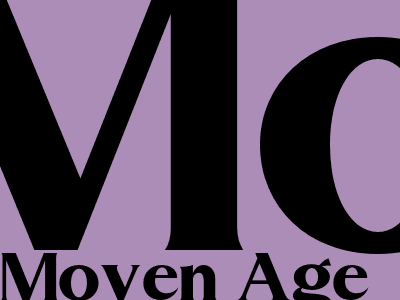Moyen Age: The Middle Ages
A Period of Profound Transformation
The Middle Ages, a vast historical epoch spanning from the fall of the Western Roman Empire in the 5th century to the beginning of the Renaissance in the 15th century, represents a critical period of transformation and development in European history. It was a time of great social, political, and cultural change, witnessing the rise of feudalism, the emergence of Christianity as a dominant force, and the development of scholasticism and the Gothic style in architecture and art.
Social Structure and Feudalism
The social structure of the Middle Ages was characterized by feudalism, a complex system of relationships that governed landownership and military service. Society was divided into three main classes: the nobility, the clergy, and the peasantry. The nobles possessed land and wielded political and military power, while the clergy provided spiritual guidance and education. The vast majority of the population consisted of peasants, who worked the land and provided sustenance for the other classes.
The Rise of Christianity
Christianity played a central role in the Middle Ages, shaping both the social and cultural landscape of Europe. The conversion of the Roman Empire to Christianity in the 4th century led to the establishment of the Church as a major institution, with the Pope as its supreme authority. The Church exerted significant influence in all spheres of life, from politics and education to art and morality.
Scholasticism and Gothic Architecture
The 11th and 12th centuries witnessed a revival of learning in Europe, known as the Renaissance of the 12th century. This period saw the development of scholasticism, a philosophical movement that emphasized reason and logic in the study of theology and other subjects. The Gothic style emerged as a distinctive architectural form, characterized by its pointed arches, ribbed vaults, and stained glass windows.
Cultural Achievements
The Middle Ages was a time of great cultural achievements, including the production of epic poems, chronicles, and romances. Notable works from this period include the epic poem "The Song of Roland," the historical chronicle "Historia Francorum" by Gregory of Tours, and the Arthurian legends. Music flourished, with the development of polyphony and the emergence of troubadours and trouvères.
Conclusion
The Middle Ages was a complex and dynamic period of profound transformations that shaped the course of European history. From the rise of feudalism and Christianity to the development of scholasticism and Gothic architecture, the Middle Ages left an enduring legacy that continues to influence our understanding of the past and the present.

Comments